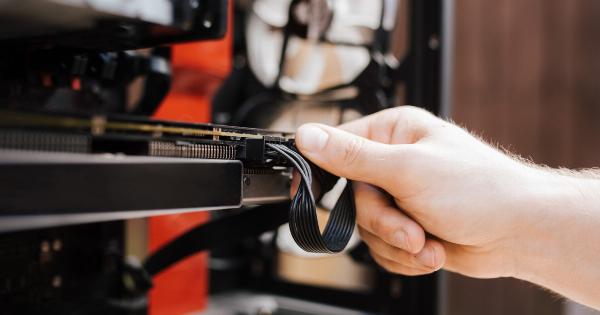Microsurgery, also known as reconstructive surgery, is a type of surgery that involves the use of a microscope to perform delicate operations.
This type of surgery has been around for several decades and has been used for a variety of surgical procedures. In recent years, there have been significant advancements in microsurgery breast recovery.
1. Autologous Tissue Reconstruction
One of the latest advancements in microsurgery breast recovery is autologous tissue reconstruction. This is a technique whereby a patient’s own tissue is used to reconstruct their breasts.
The tissue can be taken from different parts of the body, such as the back, abdomen, or thighs. This technique has become increasingly popular because it provides a more natural look and feel to the reconstructed breast.
2. Fat Transfer Reconstruction
Another advancement in microsurgery breast recovery is fat transfer reconstruction. This technique involves the use of liposuction to remove fat from one part of the body and transplant it to the breast area.
The fat is carefully purified and then injected into the breast area to create a more natural-looking shape and contour. This technique is often used in conjunction with other reconstructive techniques to create a more natural breast.
3. Nipple and Areolar Reconstruction
Nipple and areolar reconstruction is another significant advancement in microsurgery breast recovery. This technique involves the creation of a nipple and areola using the patient’s own tissue.
The surgeon carefully shapes the tissue to create a natural-looking nipple and areola. This technique can be done as a separate procedure or as part of a larger breast reconstruction surgery.
4. Lymph Node Transfer
Lymph node transfer is a new technique that has been developed to treat lymphedema, a condition that results from the removal of lymph nodes during breast cancer surgery.
Lymph node transfer involves transplanting healthy lymph nodes from one part of the body to the affected area. This technique has been shown to be effective in reducing swelling and restoring function to the affected limb.
5. 3D Printing Technology
3D printing technology has also made significant advancements in microsurgery breast recovery. Surgeons are now able to use 3D printing technology to create custom implants and prosthetics for patients.
This technology allows surgeons to create highly detailed and personalized implants that are tailored to the patient’s individual needs and body shape.
6. Tissue Expansion
Tissue expansion is another technique that has been developed in recent years to help with microsurgery breast recovery.
This technique involves the use of a small balloon-like device that is placed under the skin and gradually filled with saline solution. Over time, the device stretches the skin and creates additional tissue, which can then be used for breast reconstruction. This technique is often used in conjunction with other reconstructive techniques to create a more natural-looking breast.
7. Minimal Incision Techniques
Minimal incision techniques are another significant advancement in microsurgery breast recovery. These techniques involve making small incisions in the skin and using specialized instruments to perform the surgery.
By using these techniques, surgeons are able to minimize scarring and recovery time for patients.
8. Advanced Imaging Techniques
Advanced imaging techniques have also made significant advancements in microsurgery breast recovery. Surgeons are now able to use advanced imaging techniques such as MRI and CT scans to plan and perform surgeries.
These imaging techniques allow surgeons to visualize the internal structures of the body and plan surgeries with greater precision and accuracy.
9. Nanotechnology
Nanotechnology is a relatively new field that has been developing rapidly in recent years. It involves the manipulation of matter on a molecular scale and has many potential applications in the field of microsurgery breast recovery.
Researchers are currently exploring the use of nanotechnology to create more effective and targeted treatments for breast cancer.
10. Improved Anesthesia Techniques
Finally, anesthesia techniques have also made significant advancements in microsurgery breast recovery. Modern anesthesia techniques are now safer and more effective than ever before.
This has allowed surgeons to perform more complicated and delicate surgeries with greater confidence and accuracy.




























